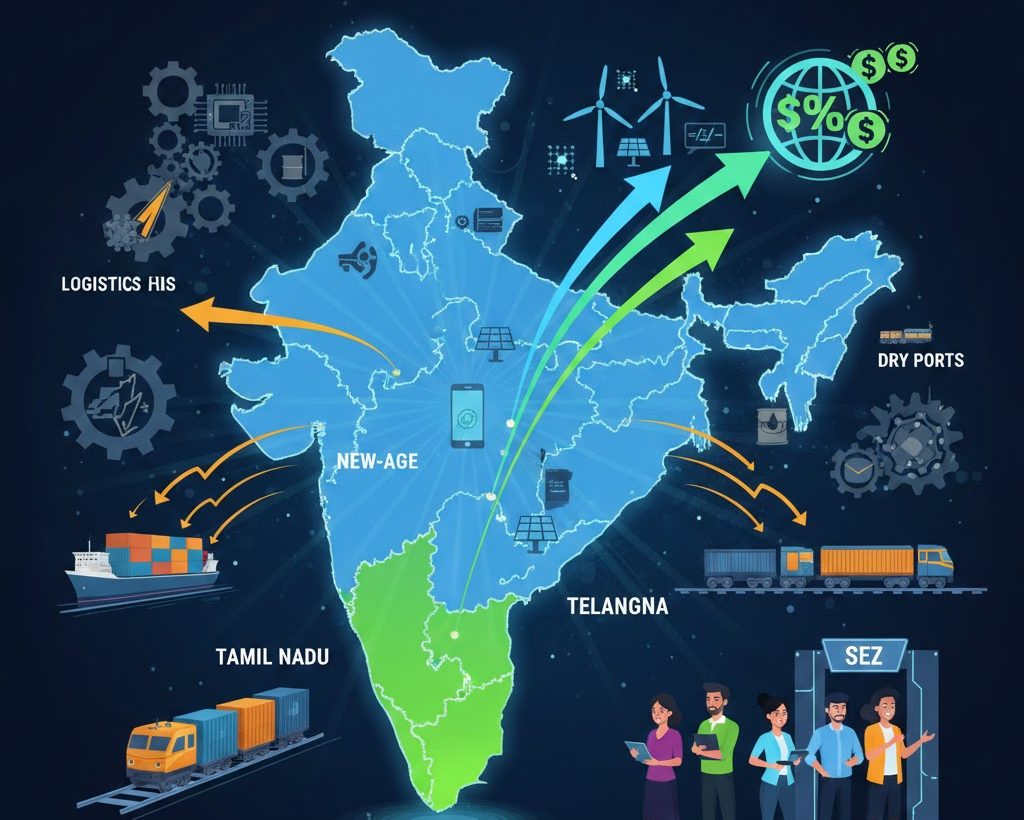Font size:
Print
ULBs versus Citizens
Context:
The increasing dissatisfaction of citizens with urban local bodies (ULBs) across India is becoming a critical issue, with protests and public outcry becoming more frequent.
More on News
- Citizens across India raised concerns over environmental degradation, poor infrastructure, and ineffective governance.
- These protests often revolve around urban development projects, such as road construction, tree felling, poor waste management, and encroachments, with residents seeking to hold ULBs accountable for their actions.
Urban Local Bodies (ULBs) are local governing institutions responsible for administering cities and towns with specified populations. ULBs in India come in various forms, such as Municipal Corporations, Municipalities, Notified Area Committees, Town Area Committees, Special Purpose Agencies, Townships, Port Trusts, and Cantonment Boards, each serving specific governance needs based on the area’s size and requirements.
The Role of ULBs in Urban Governance
- ULBs are empowered by the 74th Constitutional Amendment Act of 1992, which established them as the third tier of government alongside Union and State governments.
- This Act mandates the devolution of powers to ULBs, enabling them to handle 18 specific functions outlined in the 12th Schedule of the Constitution.
- These functions encompass urban planning, public health, water supply, sanitation, and solid waste management.
- Despite their constitutional backing, ULBs often face significant challenges that hinder their effectiveness.
Sources of Funds for ULBs
- GOI Grants: These include funds based on the recommendations of the Eleventh Finance Commission (EFC) and Twelfth Finance Commission (TFC), which provide funds for infrastructure development, public health, and other civic needs.
- State Government Grants: These are provided through the devolution of net proceeds from tax revenues under the State Finance Commission (SFC) recommendations.
- Revenue Mobilisation: ULBs also generate funds locally through taxes, rent, fees, and licenses.
Rising Citizen Dissatisfaction
- Environmental Concerns: In Guwahati, citizens protested against a road and flyover project that involved cutting century-old trees near Dighalipukhuri Lake. Public outcry led to the project’s reassessment, demonstrating the power of citizen activism.
- Poor Service Delivery: Bengaluru residents have filed numerous cases against the Bruhat Bengaluru Mahanagara Palike (BBMP) for failing to address infrastructure issues like potholes, waterlogging, and tree felling.
- Water and Pollution Issues: In Chennai, citizen groups protested against sewage pollution in Korattur Lake, demanding the implementation of National Green Tribunal directives to prevent further degradation.
Challenges in Urban Local Body (ULB) Governance
- Resource Constraints: ULBs often face severe financial limitations, relying heavily on grants from state governments.
- Their own revenue-generating mechanisms, such as property taxes, are underutilised or poorly managed.
- Capacity Deficits: A shortage of skilled personnel, including urban planners, engineers, and financial experts, hampers the efficient execution of projects.
- Centralised Decision-Making: Despite constitutional provisions for decentralisation, many ULBs lack autonomy, with critical decisions being taken at the state level.
- Accountability Issues: The absence of robust accountability mechanisms often leads to inefficiency and corruption within ULBs.
Need for Fundamental Reforms
- Strengthening Decentralisation: Grant ULBs greater financial and administrative autonomy to reduce their dependence on state governments.
- Improving Resource Mobilisation: Enhance revenue collection mechanisms, such as property taxes, and explore innovative funding solutions like public-private partnerships.
- Building Institutional Capacity: Invest in training programs and recruit skilled professionals to improve the efficiency and quality of service delivery.
- Enhancing Transparency: Establish platforms for regular dialogue with citizens, publish project details online, and implement robust grievance redressal mechanisms.
- Encouraging Participatory Governance: Involve citizens in city planning and decision-making through consultations, public hearings, and digital platforms.



